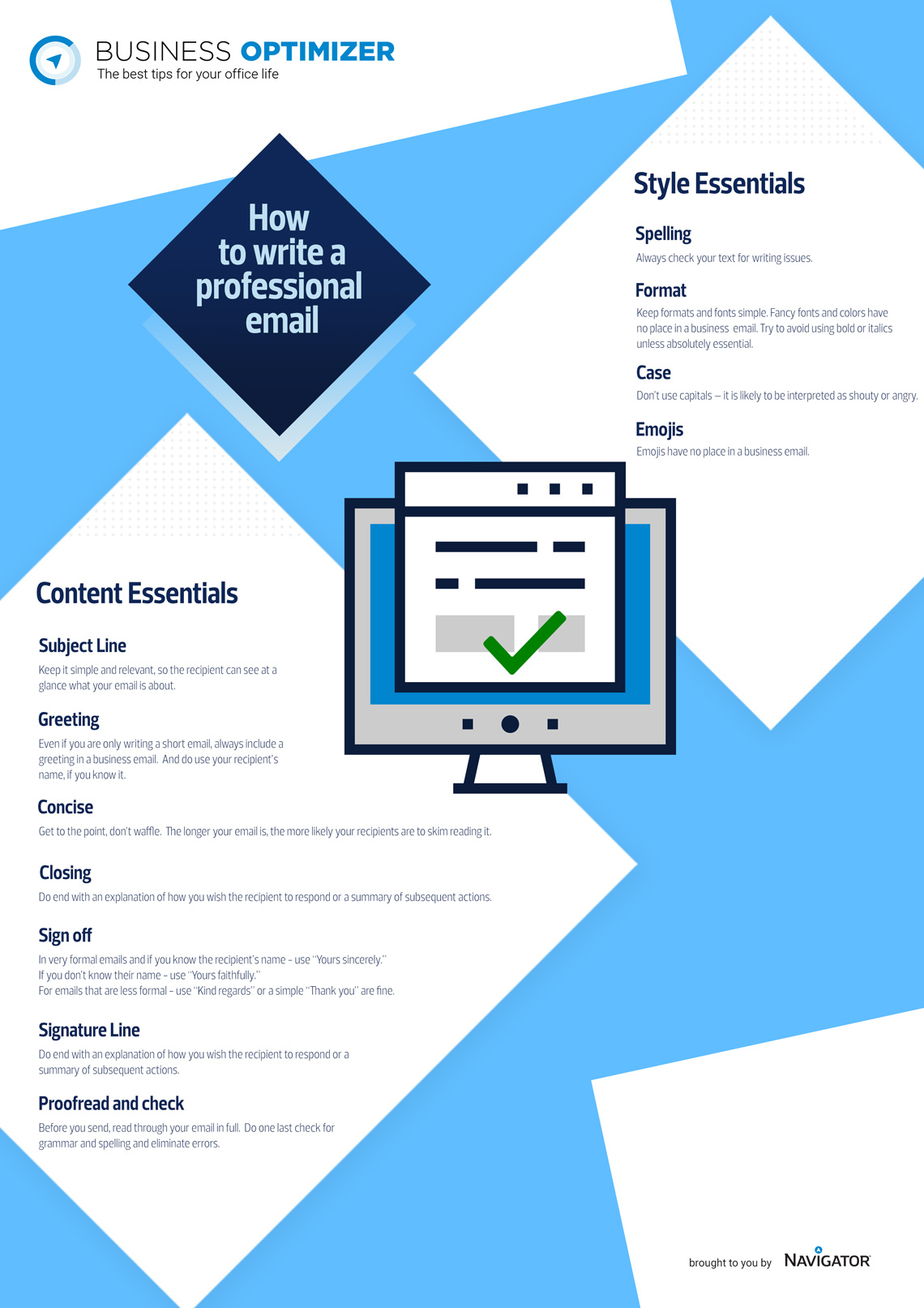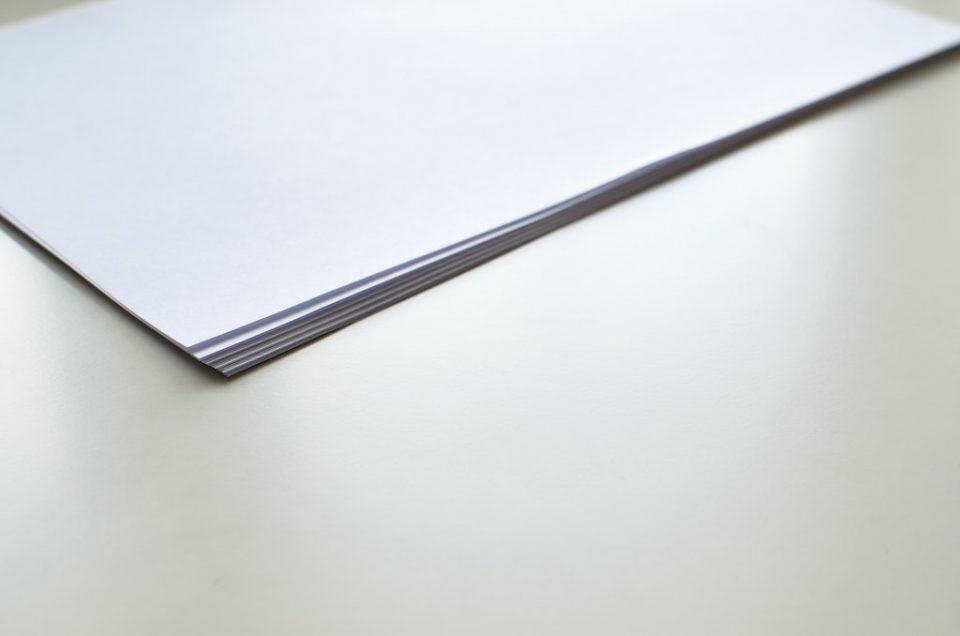We’re all used to writing emails in our day-to-day life, but professional emails require a different approach than those we write to friends and family.
Taking a little more care when writing a professional email can deliver far more polished and effective communication.
For today’s young people, Generation Z, email is probably something they have rarely – if ever – used. Most likely, it is reserved exclusively for communicating with older people. Understanding the norms and standards of business email, therefore, becomes a priority for school leavers.
Some UK employers have reported that school leavers lack basic skills and are particularly underprepared for the world of work. However, the problem isn’t limited to school leavers.
Older generations can also benefit from brushing up on essential business email etiquette. Whether you are writing the cover letter for a job application, a sales proposal to a new customer or an internal email to colleagues, don’t jeopardize your professional reputation by making mistakes.
So here are a few tips from Business Optimizer that will help you succeed.








